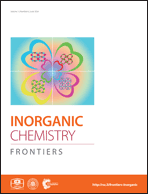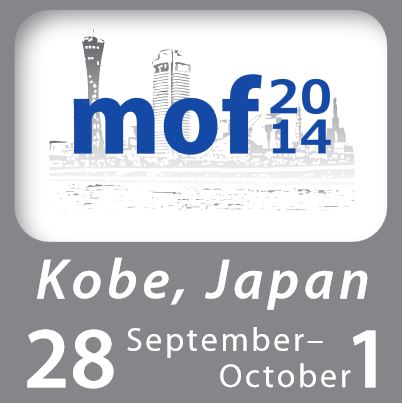How to explain your research and organize the data in an effective and logical way for publication in an STM journal?
Song Gao, Professor of Chemistry at Peking University, is sharing his experiences and handy tips on scholarly writing. Structure of an academic paper, function of each section and principles of science writing are introduced in the recently published Editorial in Inorganic Chemistry Frontiers.

More about Song Gao…
 Song Gao got his BS and PhD in chemistry at Peking University (PKU) in 1985 and 1991, and now is Professor of Chemistry at the same University. He was a Humboldt Research Fellow in TH Aachen from 1995 to 1997. He has been Cheung Kong Professor in College of Chemistry and Molecular Engineering at PKU since 2002, and served as dean of this college in 2006-2010. He is currently the vice chancellor of PKU and deputy director of Beijing National Laboratory for Molecular Sciences. He received the State Natural Science Award (the 2nd Grade) in 2006 because of his contribution in magnetic coordination polymers and molecular nanomagnets. He was elected as a member of Chinese Academy of Sciences in 2007 and in the same year he became a Fellow of the Royal Society of Chemistry.
Song Gao got his BS and PhD in chemistry at Peking University (PKU) in 1985 and 1991, and now is Professor of Chemistry at the same University. He was a Humboldt Research Fellow in TH Aachen from 1995 to 1997. He has been Cheung Kong Professor in College of Chemistry and Molecular Engineering at PKU since 2002, and served as dean of this college in 2006-2010. He is currently the vice chancellor of PKU and deputy director of Beijing National Laboratory for Molecular Sciences. He received the State Natural Science Award (the 2nd Grade) in 2006 because of his contribution in magnetic coordination polymers and molecular nanomagnets. He was elected as a member of Chinese Academy of Sciences in 2007 and in the same year he became a Fellow of the Royal Society of Chemistry.
Song Gao’s research interests are magnetic ordered coordination polymers, molecular nanomagnets, molecular and crystal engineering, and multifunctional molecular materials. He has published more than 450 papers on world leading academic journals including Nature, JACS and Chemical Science. He is member of the Editorial/Advisory Board for many international journals and now is serving as Editor-in-Chief of Inorganic Chemistry Frontiers.
*Free access is available to all institutions/organisations with registered IP addresses, and to RSC Publishing Personal Account holders. Not a customer? Register here.
Comments Off on How to write research papers for STM journals



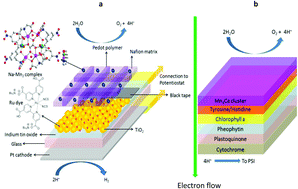










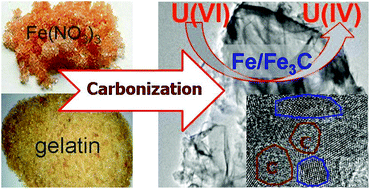
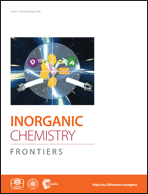 The cover story,
The cover story, 

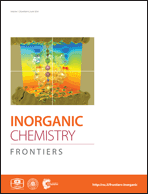 The cover story,
The cover story, 